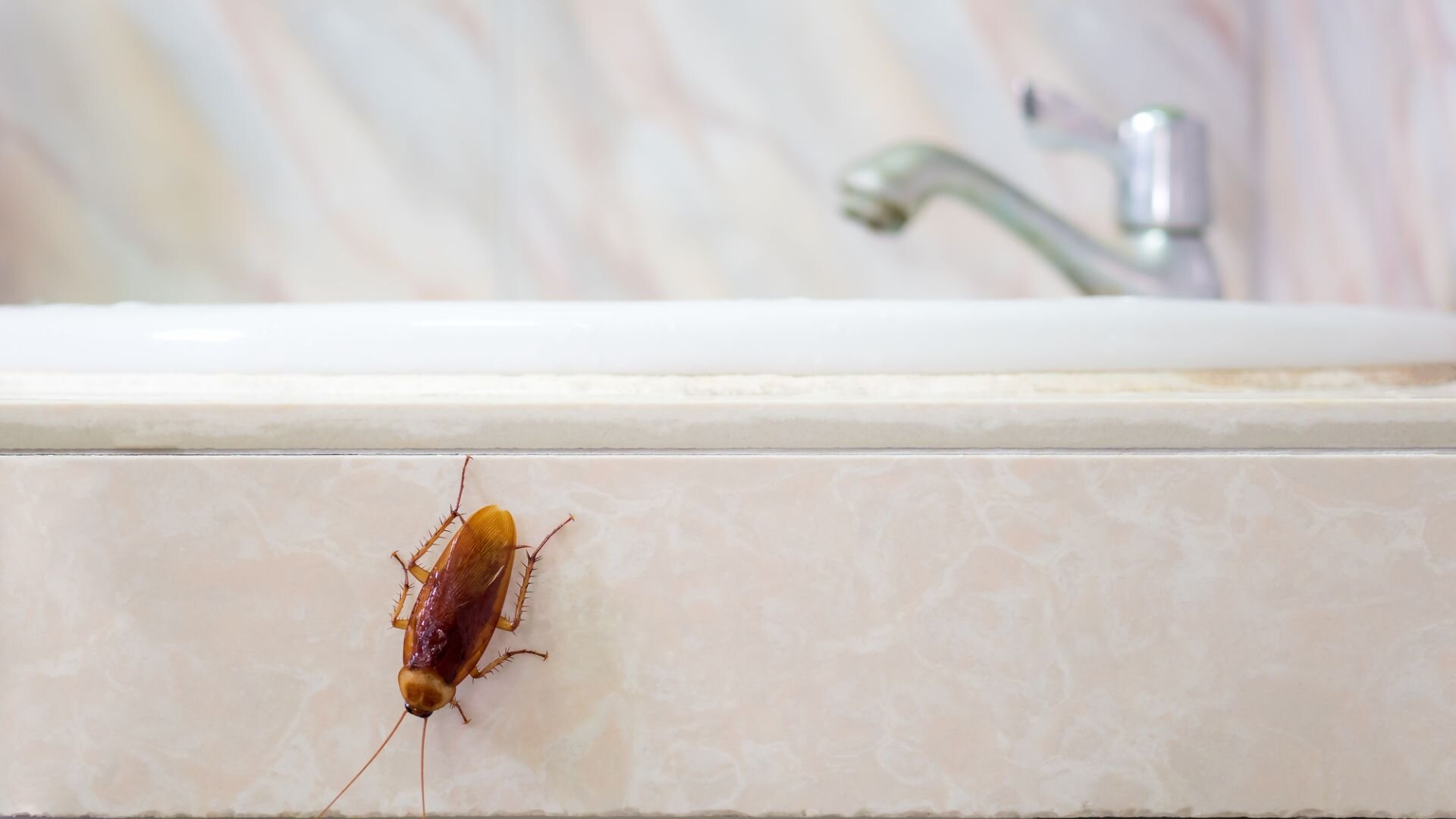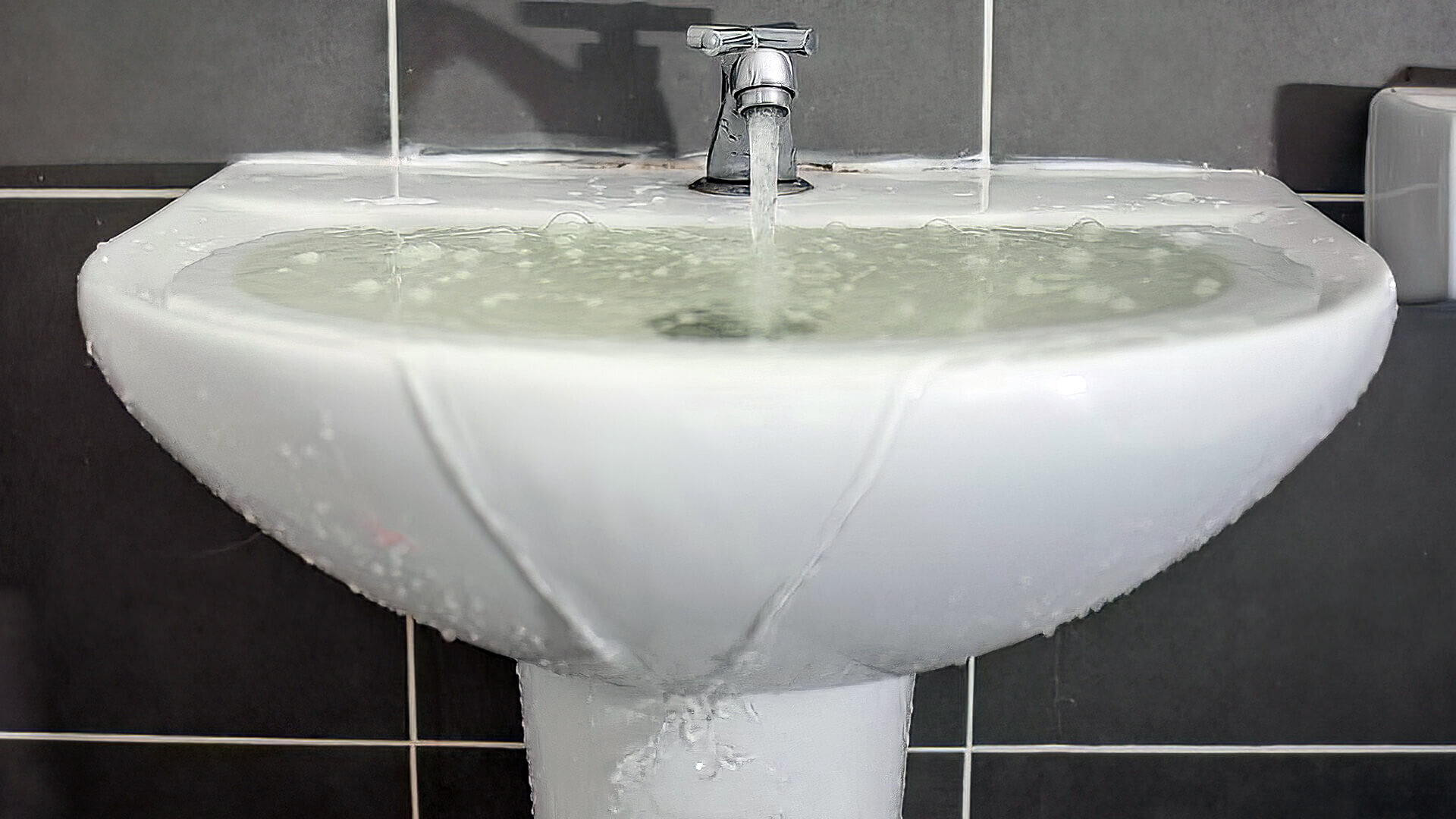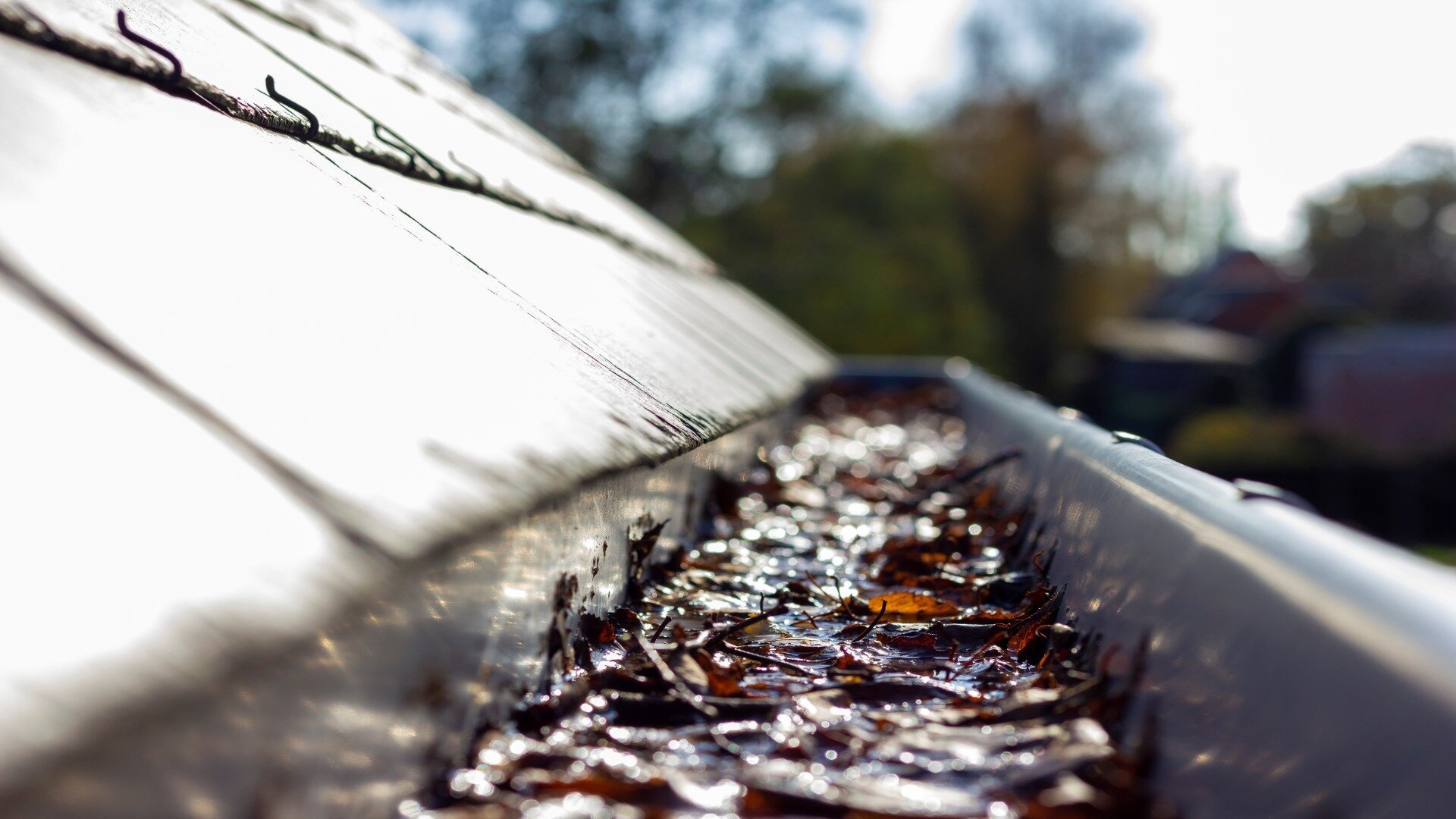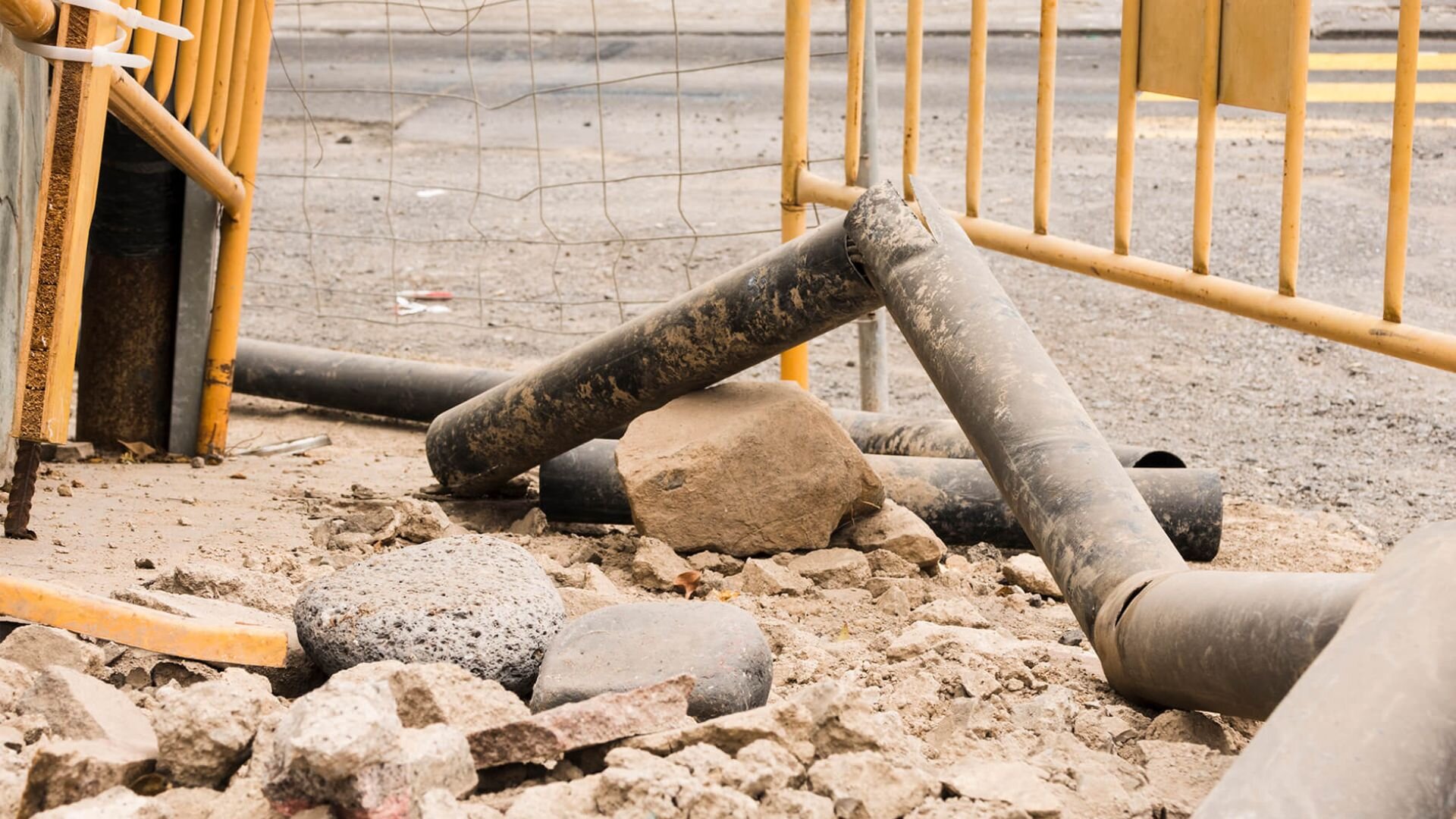Clogged drains are a nuisance that can happen in any home. You go to use your bathroom or kitchen sink and notice the water is draining slower than usual or not at all. Sinks can become backed up with hair, soap scum, food particles, grease, and other gunk over time.
When your drain gets blocked, water can fill up quickly and overflow, leading to bigger plumbing issues. Calling a plumber every time you have a clogged drain can get expensive. The good news is you can unclog sinks yourself using a wet or dry vacuum as an effective DIY method. Let’s discover how!
Why a Wet or Dry Vacuum is Great for Drain Cleaning
Learning to clear blockages with a wet or dry shop vacuum can save you time and money over hiring professional drain cleaning services. This handy tool provides the powerful suction needed to suck out debris, hair, and material causing the clog. You can drain your bathroom and kitchen sinks freely with some basic steps.
A wet or dry vacuum, often called a shop vac, is perfect for tackling blocked drains at home. Here’s why it’s so effective:
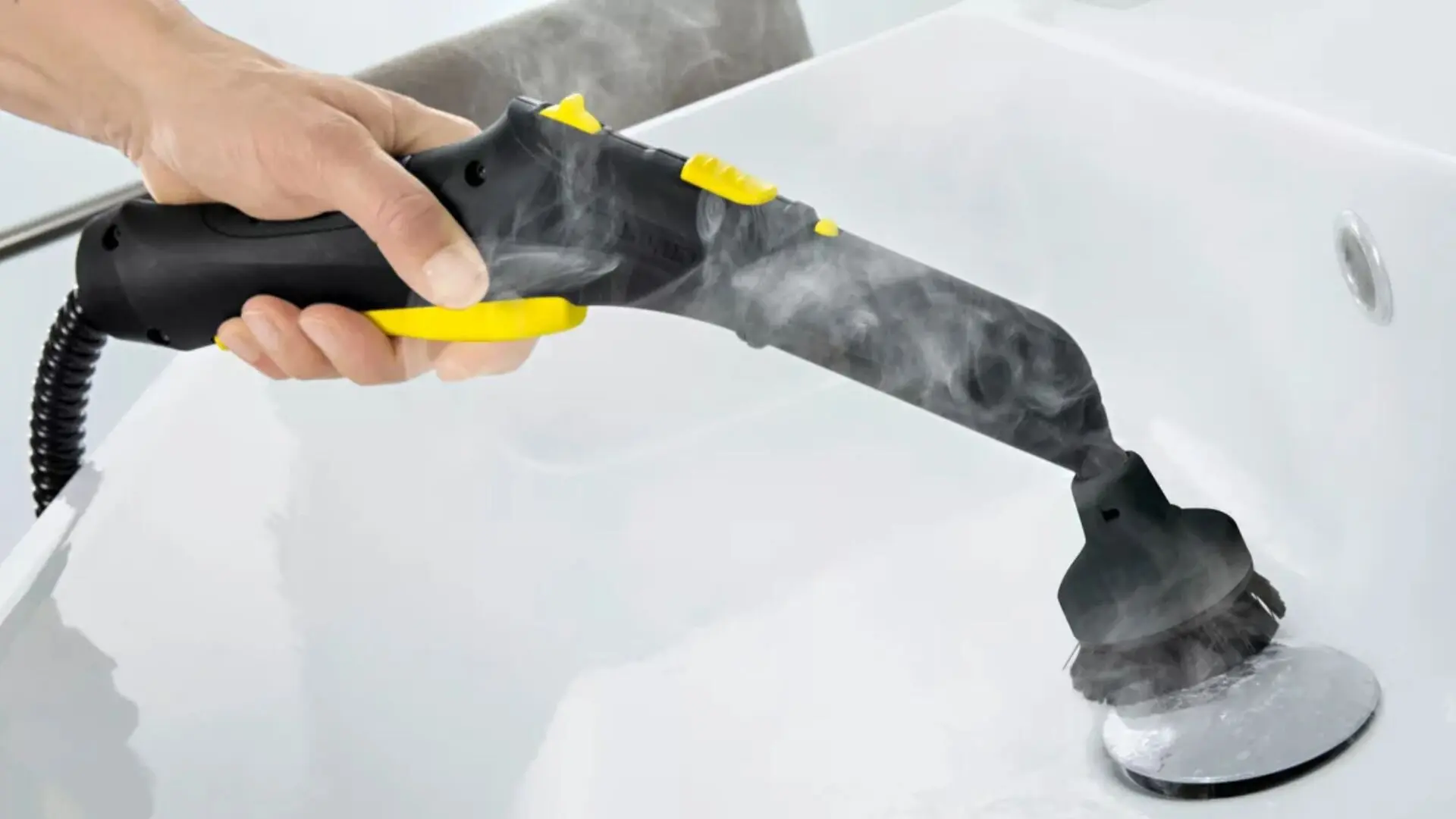
Powerful Suction
Shop vacuums offer much stronger suction compared to regular vacuum cleaners. This strength allows them to effectively pull out all the dirt, hair, soap, grease, and food waste that clogs your drain.
Can Be Used on Multiple Drains
This method unclogs various drains around your home, including bathroom sink drains, bathtub drains, kitchen sink drains, utility sink drains, and floor drains.
Sucks Up Liquids and Solids
The wet or dry design allows you to vacuum water and solid particles like food, hair, and debris. A regular dry vacuum would not be able to handle drain water.
Versatile Cleanup Tool
Beyond drain cleaning, a wet or dry vac is handy for spills, flooded floors, vacuuming out your car, and other messy jobs around the house. It’s an excellent multipurpose tool.
Steps to Clear a Clogged Drain
Here’s a straightforward guide to unclogging your bathroom, kitchen, or utility sink using a wet or dry vacuum:
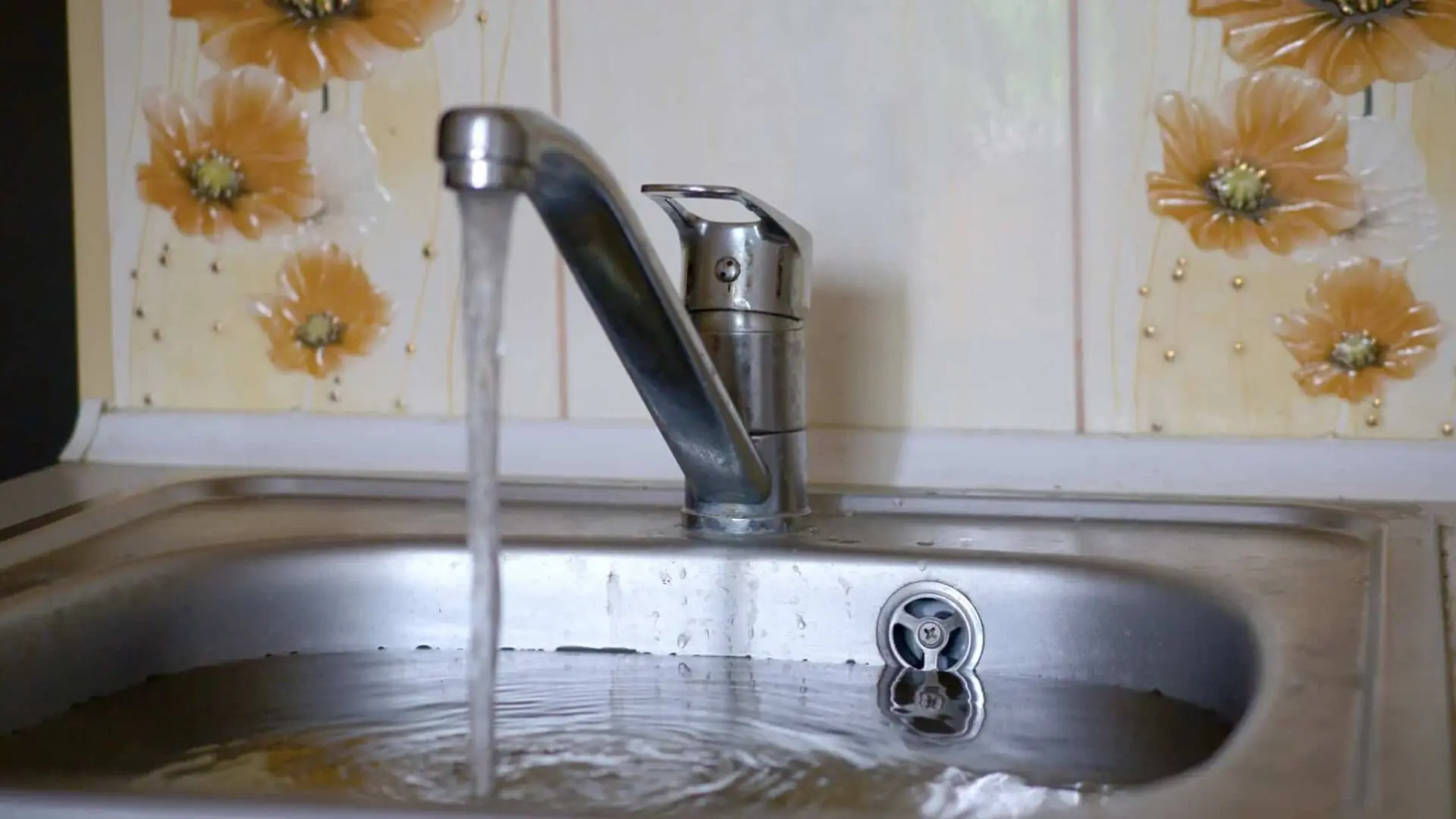
Supplies Needed
Wet or dry vacuum, Hose attachments (optional), Old towels or rags, Plunger, Drain cover (optional), Bucket, Rubber gloves, Safety goggles
Before Starting
Remove any standing water around the clogged sink with towels or rags. You want good access to the drain opening. Unplug any appliances located under the sink. Try plunging the drain first to help dislodge some blockage and limit vacuum work time. Place the plunger directly over the drain opening and plunge vigorously 15-20 times to loosen the clog.
Vacuuming the Clog
Ensure your wet/dry vacuum is plugged in and ready for action. If you’re using extensions, attach the hose securely over the drain, making sure there’s no air escape.
Sometimes an extra hand or a heavy object can help hold it in place. Use a drain cover or plunger to make a tight seal. Turn your vacuum on full power and run it for a few minutes, stopping now and then to confirm the seal is secure.
Listen for a distinct change in vacuum sound, like a deeper hum or gurgle. That means it has likely sucked out the clog, and the drain is open. Turn the vacuum off and remove the hose to test the water flow. You may need to repeat the process until the drain is fully cleared.
If the vacuum isn’t strong enough to unclog the drain, detach the P-trap pipes under the sink for better access to the blockage. Make sure to have a bucket ready to catch any water. If you suspect a more challenging clog deep down the pipes, use a drain snake beforehand.
Preventing Future Clogs
Installing protective measures saves you recurring clog headaches:
- Use sink drain baskets to catch debris hair before entering pipes
- Collect oil/grease in containers instead of washing down the sink
- Apply slow-acting liquid drain cleaner monthly
- Invest in enzyme drain packs to actively dissolve build-up
- Routinely plunge and wet/dry vacuum drains
- Snake pipes annually with augers or inspection cameras
- Update old pipes, allowing debris accumulation
Being proactive with your drain maintenance really pays off. Monthly treatments and strainers serve as your first line of defence, catching clogs before they become a problem.
Regular plunger or vacuum use ensures smooth flow, even when build-up occurs. Remember, a little prevention can save you a lot of plumbing headaches down the line.
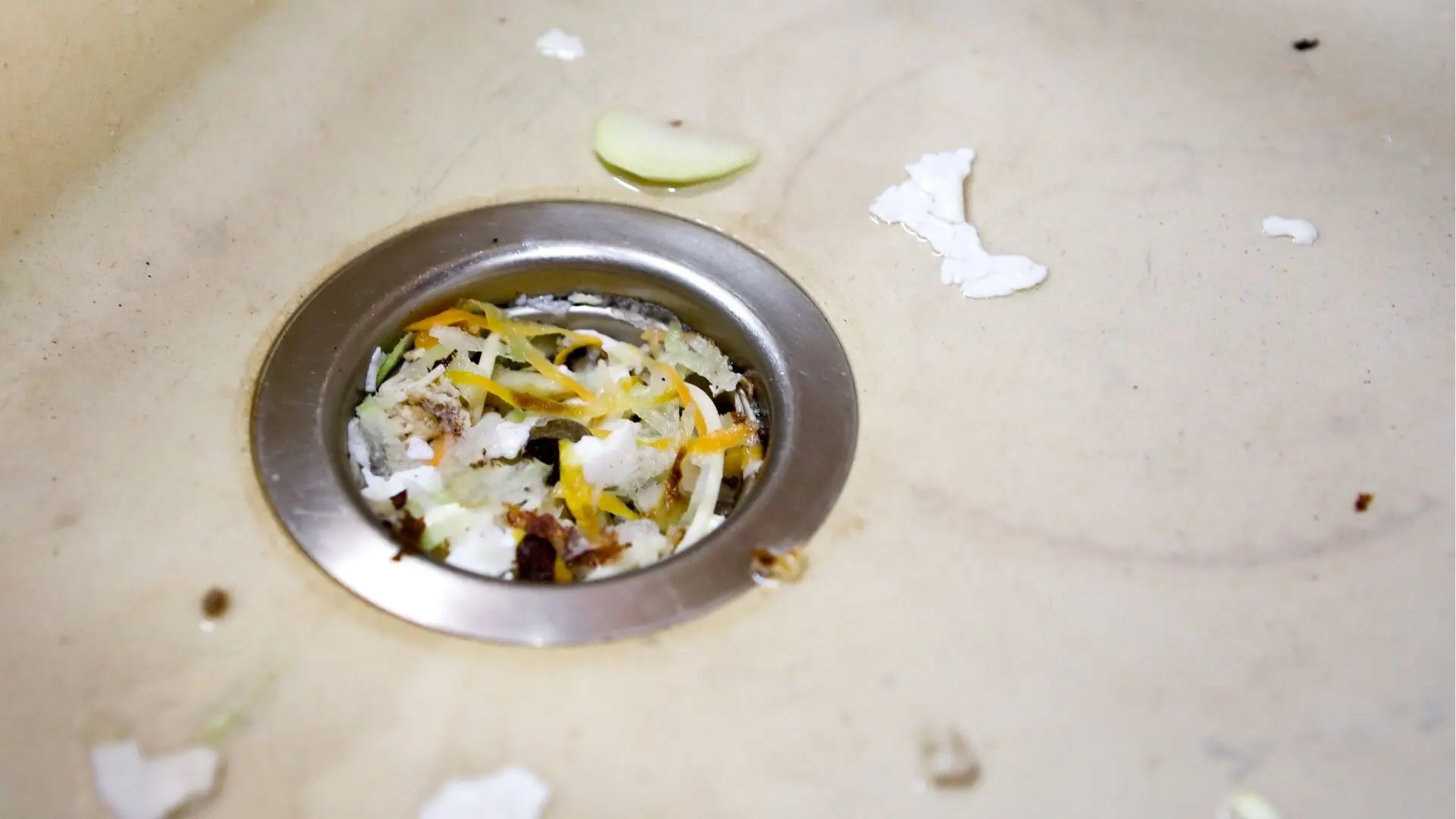
Safety Tips
Safety tips when using your wet or dry vacuum include always wearing rubber gloves and safety goggles, as drain debris can splash out; only vacuuming drains that have sufficiently cooled after use to avoid injury from hot water; not using wet/dry vacuums on main sewer clogs but instead calling a professional plumber; and responsibly storing any hazardous drained materials like chemicals.
Maintaining Your Wet or Dry Vacuum
To keep your vacuum working efficiently for drain cleaning and other messes, rinse out the collection tank after each use, clean or replace filters as needed, check that hoses are fitted tightly, clear any vacuum hose clogs, and make sure the power switch, cord, and other components are undamaged.
Beyond unclogging drains, a wet/dry shop vacuum is also useful:
- Cleaning up liquid spills or flooded basements
- Vacuuming debris out of window wells or pool covers
- Cleaning up car interiors like wet carpet and upholstery
- Removing sawdust from woodworking projects
- Cleaning up dusty debris from home repairs and renovations
- Emptying or vacuuming rain gutters
- General deep cleaning and indoor/outdoor maintenance
Unclog Drains Fast With Suction Power
A clogged sink might seem minor, but if ignored, it can escalate into a major plumbing issue. The next time your sink drains too slowly or clogs up, give the wet/dry vacuum method a shot for a quick DIY fix.
There’s no need to struggle with chemical drain cleaners or immediately call a plumber. This technique helps remove blockages while saving you money on drain-cleaning service calls.
With a simple wet or dry vacuum on hand and following these steps, you can clear drains throughout your home and prevent water overflow issues. Get your clogged drains fixed today using suction power.
If you’re still facing drain issues or need professional help, check out our services. Our team is always ready to lend a hand. Contact us and we’ll have your plumbing back in top shape swiftly.

